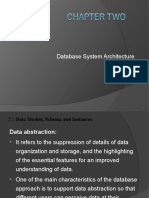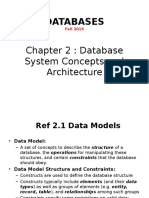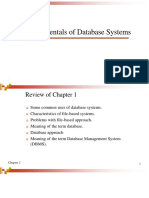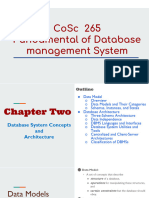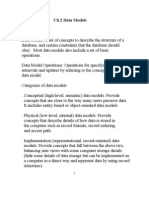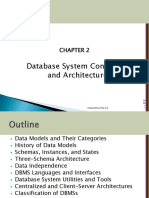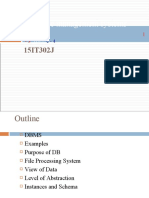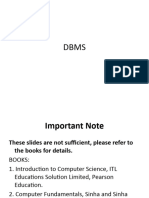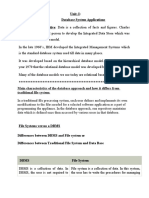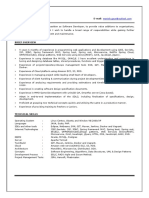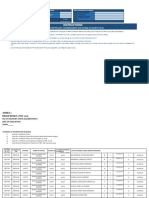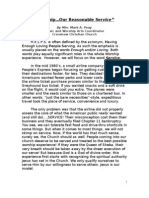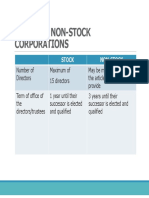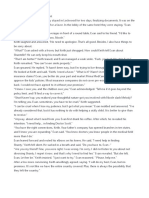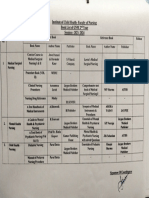0% found this document useful (0 votes)
74 views49 pages02 - Database System Concepts and Architecture-Ver2 PDF
The document outlines the concepts and architecture of database systems, including data models, schemas, and DBMS components. It discusses various data models such as conceptual, physical, and implementation models, as well as the history of data models from network to relational and object-oriented models. Additionally, it covers the three-schema architecture, data independence, and the languages used in DBMS for data definition and manipulation.
Uploaded by
rahmaCopyright
© © All Rights Reserved
We take content rights seriously. If you suspect this is your content, claim it here.
Available Formats
Download as PDF, TXT or read online on Scribd
0% found this document useful (0 votes)
74 views49 pages02 - Database System Concepts and Architecture-Ver2 PDF
The document outlines the concepts and architecture of database systems, including data models, schemas, and DBMS components. It discusses various data models such as conceptual, physical, and implementation models, as well as the history of data models from network to relational and object-oriented models. Additionally, it covers the three-schema architecture, data independence, and the languages used in DBMS for data definition and manipulation.
Uploaded by
rahmaCopyright
© © All Rights Reserved
We take content rights seriously. If you suspect this is your content, claim it here.
Available Formats
Download as PDF, TXT or read online on Scribd
/ 49









